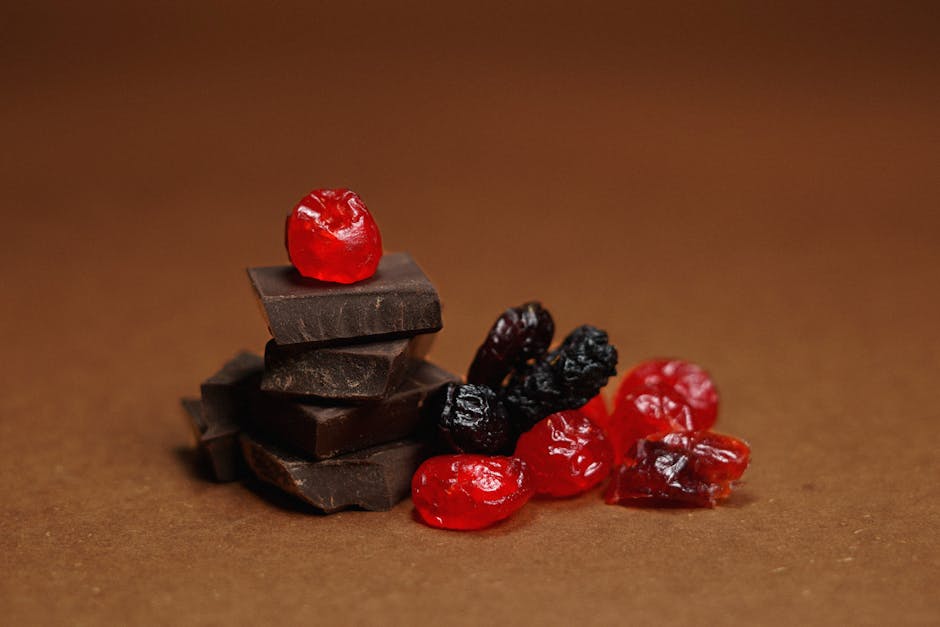A frequent source of frustration stems from inadequate preparation. Many novice cooks underestimate the importance of mise en place, the French term for “everything in its place.” This crucial step involves meticulously preparing all ingredients chopping vegetables, measuring spices, and organizing equipment before commencing cooking. Failing to do so often leads to rushed, disorganized cooking, potentially resulting in unevenly cooked dishes, burnt food, or forgotten ingredients. Efficient preparation fosters a calm cooking environment and allows for greater control over the cooking process. Developing the habit of meticulously preparing ingredients beforehand will dramatically improve consistency and efficiency in the kitchen.
Another common error lies in neglecting proper ingredient selection. Using substandard ingredients directly impacts the final outcome. Wilted vegetables, bruised fruits, or stale spices will undoubtedly detract from a dish’s flavor and texture. Understanding ingredient quality is paramount. Selecting fresh, high-quality ingredients forms the foundation for delicious and appealing meals. Learning to identify the signs of freshness in produce and understanding the nuances of spice storage is vital for a culinary upgrade. Familiarizing oneself with seasonal produce will also ensure access to the best-tasting ingredients at their peak.
Incorrect temperature control is a pervasive issue for beginners. Overcrowding pans leads to uneven cooking and steaming instead of browning. This happens because the addition of too much food lowers the pan’s temperature, preventing proper Maillard reaction the chemical reaction between amino acids and reducing sugars that contributes to the characteristic browning and flavor development in many foods. Similarly, using too high a heat can burn food before it cooks through. Learning to accurately judge temperatures, whether for sauteing, roasting, or simmering, is fundamental. Investing in a reliable thermometer both for ovens and liquids proves invaluable in achieving consistent results.
Ignoring cooking times and techniques also contributes to culinary disappointment. Recipes provide guidelines, but experience teaches adaptation. Understanding how different foods react to heat is key. Overcooking vegetables renders them mushy, while undercooking meat poses a health risk. Observing visual cues, such as color changes and texture, in addition to relying on timers, provides a more holistic approach to determining doneness. Patience is paramount in mastering cooking techniques; rushing the process invariably leads to suboptimal results.
Seasoning and flavor balancing often prove challenging for beginners. Many novice cooks under-season their food, resulting in bland and uninspired dishes. Fear of over-salting is understandable, but a discerning palate develops through experimentation and understanding how different flavor profiles interact. Adding salt only at the end prevents achieving optimal salt distribution and flavor penetration. Seasoning in stages, tasting frequently, and understanding the interplay of salt, pepper, acids, and other spices are all crucial elements in creating balanced and flavorful meals.
Finally, inadequate cleaning and organization create unnecessary stress and potential hazards. A cluttered workspace hinders efficiency and increases the risk of accidents. Cleaning as you go prevents a mountain of dirty dishes at the end and ensures a hygienic cooking environment. Proper knife skills, including understanding safe knife handling and sharpening techniques, are essential for efficiency and safety in the kitchen. Neglecting these fundamental aspects detracts from the overall cooking experience and potentially compromises food safety.
In conclusion, navigating the world of cooking involves overcoming several common pitfalls. Mastering mise en place, selecting quality ingredients, controlling temperatures effectively, understanding cooking times and techniques, balancing flavors with proper seasoning, and maintaining a clean and organized workspace are all pivotal aspects of improving culinary skills. While mistakes are unavoidable, understanding these frequent errors and adopting effective strategies for improvement accelerates the learning curve and ultimately yields more satisfying and delicious results. The journey to culinary proficiency is one of continuous learning and refinement, and embracing these lessons is a significant step towards mastering the art of cooking.
